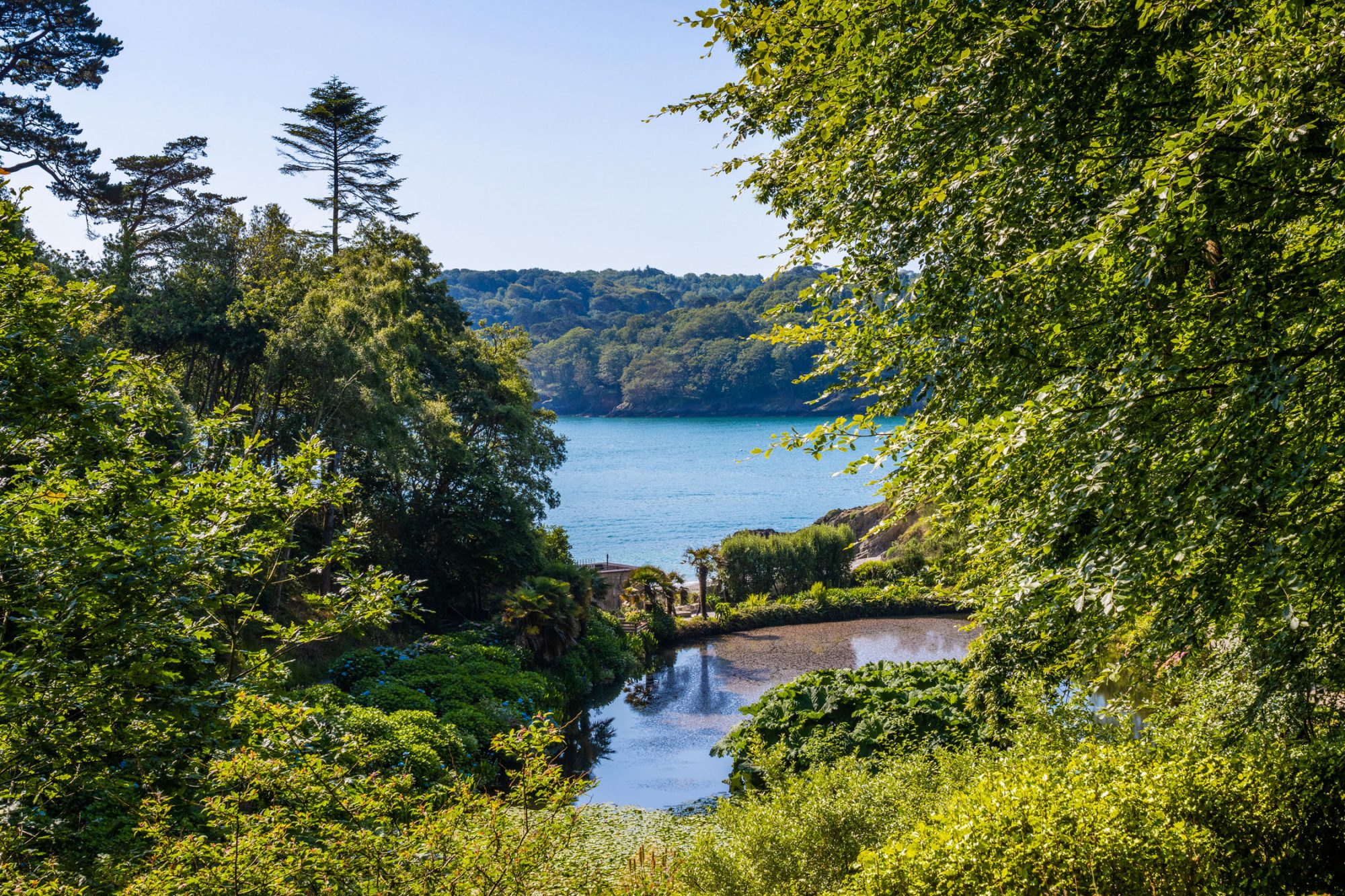Tony & Eira Hibbert
Owned Trebah 1981-1990
James Anthony (1917-2014) and Kathleen Eira (1917-2009) purchased Trebah from the Watts family in 1981, looking for a home with minimal upkeep where they could enjoy their retirement.
Trebah was the perfect spot; a beautiful Georgian house overlooking 26 acres of sub-tropical planting that led to their own private beach and boathouse. Little did they know that their new home would change their lives forever.
After purchasing Trebah, a surprise visit from Cornwall Garden Society Secretary Dr Challinor-Davies led Tony and Eira to learn their purchase had once been one of the most notable gardens in the country, though it needed a lot of care to bring it back to its best.
With that knowledge, Tony, Eira, their children and volunteers embarked upon a journey of clearing, repairing and replanting.
“I know you are not gardeners, but you now own a historically unique garden of enormous horticultural value. If you allow it to be uncared for, it will be lost forever”
Dr Challinor C Davies, as quoted by Tony Hibbert in My Story

Eira Hibbert
Kathleen Eira, née Bradshaw, met Tony through her brother Bobby, a daring Fleet Air Arm pilot. They married shortly after the war, moving to the New Forest to raise a family. Alongside their own 4 children, Eira welcomed Bobby’s children after their parents were killed in a car accident.
Eira was a tireless support to Tony throughout their marriage. She was pivotal to the success of Trebah in the early days, providing a warm welcome, hospitality and refreshments to visitors. Her Lenten penance was deadheading the hydrangeas each year and her contribution is honoured in The Eirey, a lookout above the beach.
Tony Hibbert
Major James Anthony Hibbert MBE MC had a distinguished military career, successful business life and happy family life. He joined the Royal Artillery in 1938 and saw action in Dunkirk with the British Expeditionary Force before escaping back to England.
He joined No. 2 Parachute Commando in 1940, serving in North Africa and Italy before taking part in the Battle of Arnhem as Brigade Major of the 1st Parachute Brigade. Captured when the bridge was overrun, he later escaped and rejoined Allied forces. At the end of the war, he commanded ‘T’ Force, leading the capture of Kiel.
After the war, he took over the family merchant business where he was instrumental in bringing the ring pull can and Vimto to the British market. At the same time, he created a family home on the banks of the Solent where he set up a children’s sailing club. Following a short time in Devon, his restlessness found an outlet in improving and later opening Trebah Garden.

The renovations begin
Over the next few years, the garden underwent a significant changes.
At the top of the garden the Koi Pond was created with more ponds dug lower in the valley, whilst the main vista from the top lawn was cleared for a better view.
On 28th August 1983, an open day was held and many people from the local community descended on Trebah to see the garden and enjoy a beach barbecue, with music at the house from Falmouth Town Band and activities for children.
The hard work continued and, in 1986, a route was created through the gunnera plantation, now called Gunnera Passage.
Open For Business
In 1987, after years of hard work and dedication, the Hibberts decided to officially open Trebah to the public.
Many of the paths were named after members of the Hibbert family, or people who had played important roles in shaping the garden, and some of these still exist to this day.


After 3 years, Trebah was seeing an impressive 49,000 annual visitors and this continued to grow as word of this newly-restored garden spread.
The garden was still very much family-run at this point and Eira could be found “helping to entertain the visitors, working in the shops, cleaning the toilets or doing her Lenten penance of dead-heading the hydrangeas.”
“We have created a garden where children feel welcome. The sound of their laughter filtered through the undergrowth and mixed with birdsong adds a new dimension.”
Tony Hibbert, My Story










